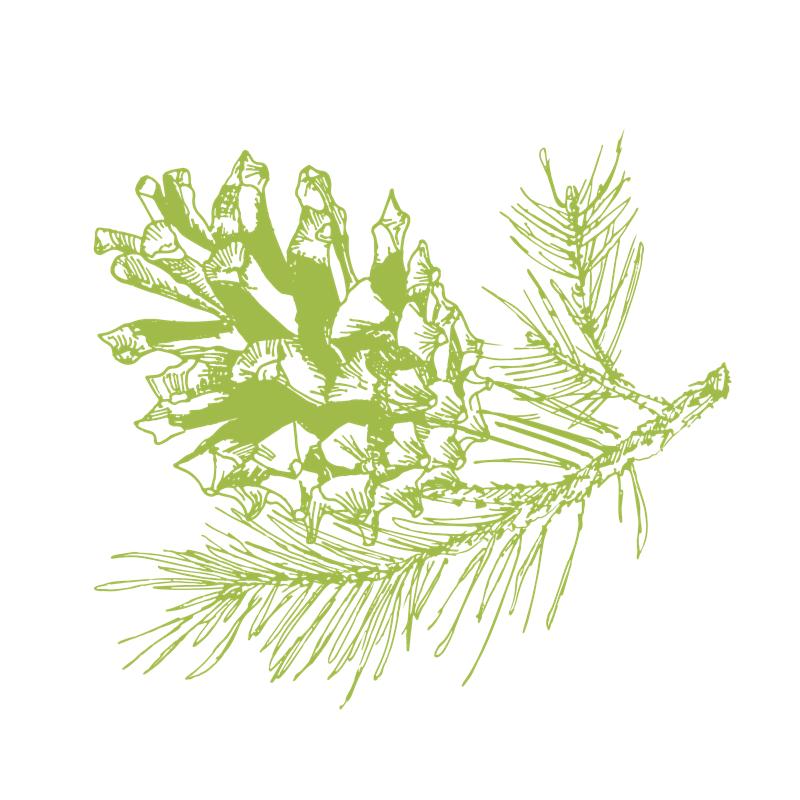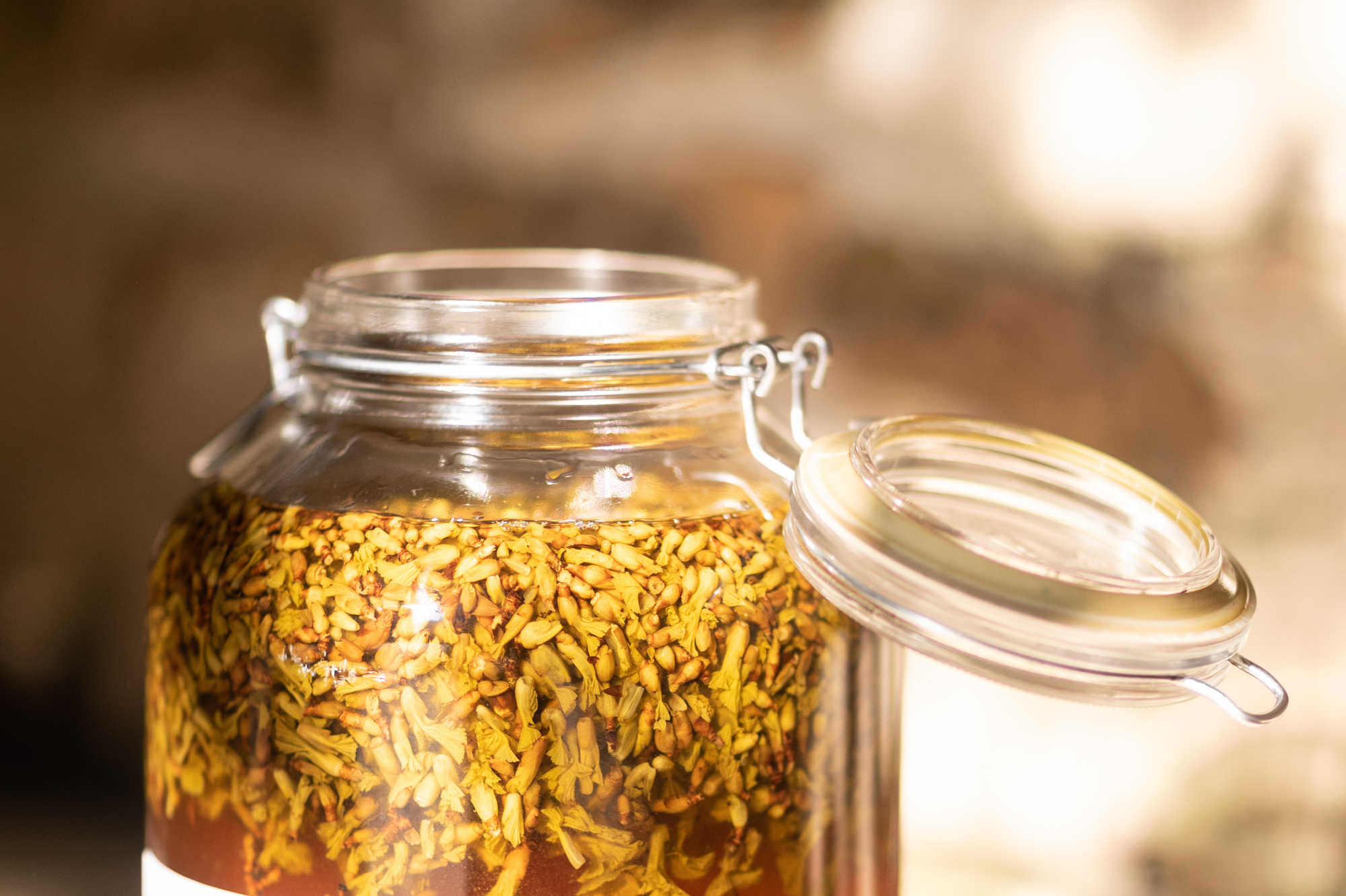

My testimony
I have good immunity, I very rarely get sick. However, like everyone else, when I am tired, my body is weakened and can be more easily overwhelmed by a viral attack which should go unnoticed on a balanced terrain. When I start to sneeze, have an itchy or runny nose, or a stuffy head, I know that the virus has attacked and that my respiratory tract is the site of an immune reaction. It is then time to act very quickly to prevent the virus from taking hold, multiplying and moving towards the throat and pulmonary passages.
My tip
As soon as I feel the first signs of a cold or people around me have a cold, I rush to Scots pine hydrosol. It is important to act quickly and frequently, in the first hours, to control the inflammatory reaction, if possible combining different routes of administration.
At the first symptoms, I take one or two tablespoons of Scots pine hydrosol orally. I prefer to take it in hot water and with a little honey, but temperate water is also suitable. At the same time, I diffuse this hydrosol continuously for the first hours, in combination or alternating with Douglas fir or thujanol thyme hydrosol. I also use Scots pine hydrosol as nasal drops. Using a dropper pipette, I put 3 or 4 drops of hydrosol in each nostril. It is effective if the nose is congested, but not if it is completely blocked. I breathe as much as possible from an inhaler stick6, the cotton wick of which I have soaked in Scots pine hydrosol.
What does herbal medicine say?
The common cold, or nasopharyngitis, is a common infection of the upper respiratory tract caused by a virus, which is benign in adults and which resolves spontaneously. The viruses responsible for the common cold are transmitted by aerosol, generated when coughing or sneezing, or by contact with contaminated saliva or nasal secretions.
There is no drug treatment against the agent responsible for the common cold; treatment is therefore symptomatic, mainly relieving nasal congestion. Hippocrates already cited pine extract to treat diseases of the respiratory system. This is still why it is widely used today. Scots pine hydrosol has exceptional antiseptic properties. It acts as a respiratory decongestant, expectorant, mucolytic and general tonic. It is particularly useful for respiratory pathologies.
Did you know ?
Scots pine hydrosol is ideal for everything related to rhinitis, laryngitis, sinusitis, angina, bronchitis. It is also a general tonic, immunomodulatory and positive, effective for both physical and nervous fatigue.
I use hydrosols SAFELY
The proposed tip refers to classic methods of using an organic and food hydrosol. It therefore does not present any contraindication. Tablespoons should be replaced by teaspoons for children, who will only put a drop or two of hydrosol per nostril to clear the nose.
PINUS SYLVESTRIS The Scots pine
The Scots pine is a tree native to Europe, slender, with a reddish, straight trunk, which can reach 30 to 40 m in height. Very hardy, it fears neither cold nor drought, which gives it a very wide geographical distribution area. It is a major species for the wood economy in Europe. It is mainly used in construction and for the manufacture of paper pulp. Turpentine oil is extracted from it. The distillation of budded branches provides an essential oil rich in pinenes, cortison-like, neurotonic and anti-infectious as well as a hydrosol rich in monoterpenols, powerful and stimulating anti-infectious.
The Products

Hydrolat Sylvestre pine
Discover the Sylvestre Pin Hydrolate of Essenciagua, an artisanal and organic product made in Lozère. This hydrosol is particularly appreciated for its decongestant properties, ideal for freeing sinuses and facilitating breathing.
Extract from Pinus Sylvestris, this hydrosol is a precious ally in nasal care routines, especially for washing the nose, offering a natural solution to relieve nasal congestion. In addition, thanks to its astringent and purifying properties, it is also...








